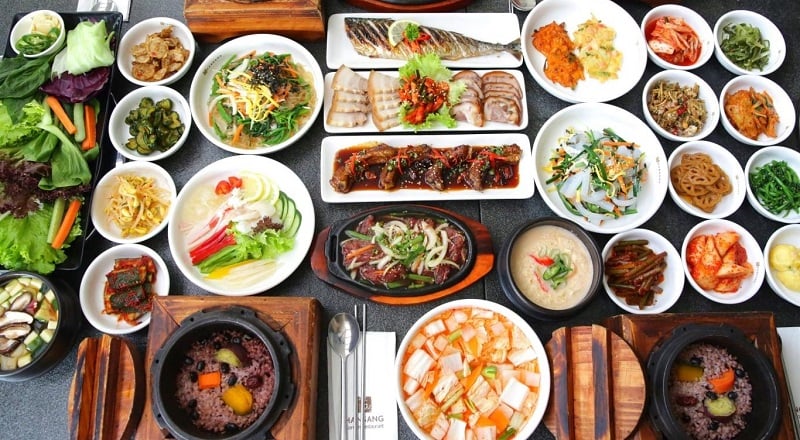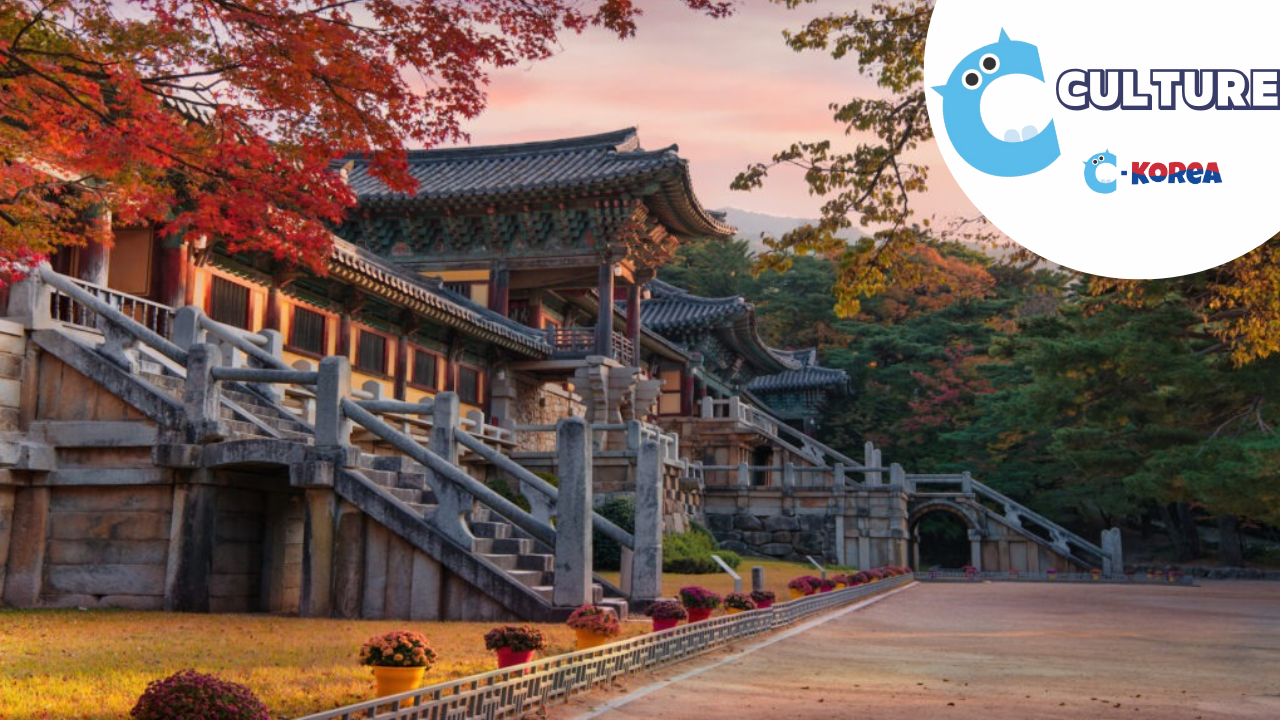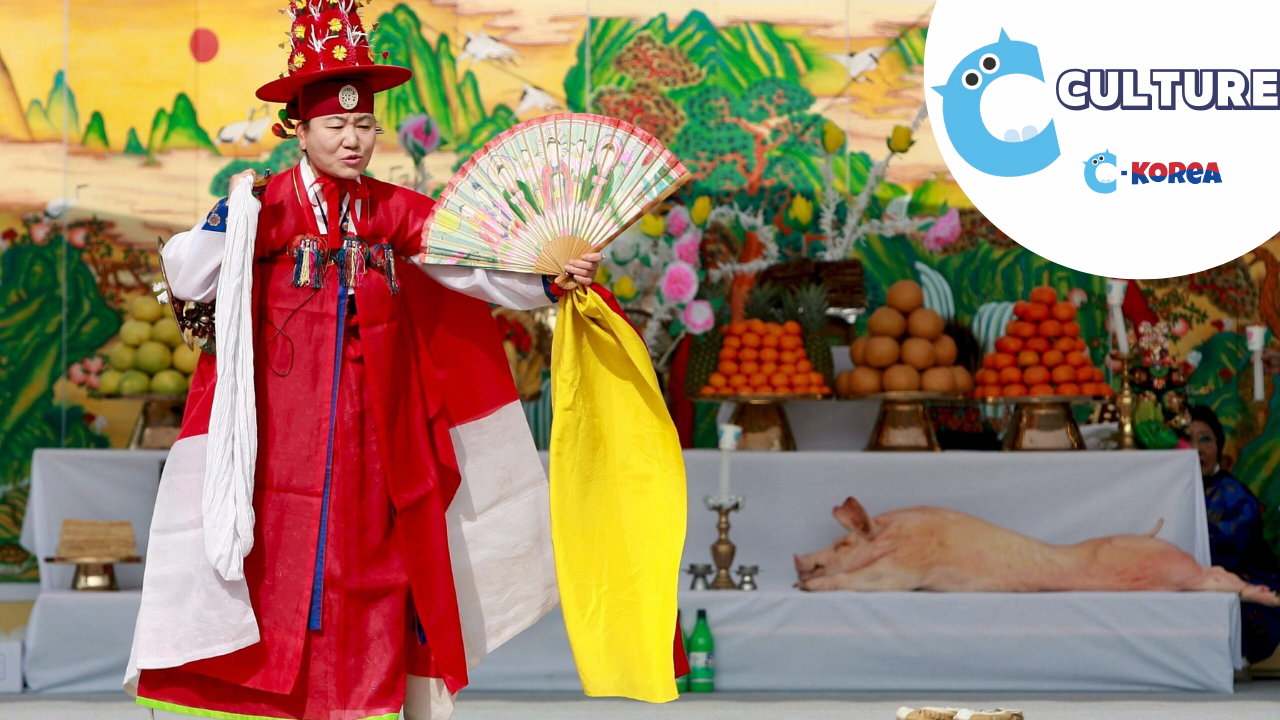As a temperate country with a cool climate all year round, Korea grows and produces many seasonal foods. Korean eating habits are based on health factors and follow the philosophy of yin and yang and the five elements.

Some characteristics of Korean culinary culture:
– Main dishes and side dishes are clearly displayed and divided: Rice dishes are cooked with rice, barley, millet and are considered the main dish. Side dishes (panchan) are often made from ingredients such as vegetables, seaweed, fish and shellfish, beans, etc. divided into small portions. The number of side dishes is quite large in a meal.
– Processing a variety of foods from cereals: Koreans use cereals as staple foods by processing a variety of dishes such as soup, porridge, tteok, soy sauce, tofu, malt, cakes mixed with oil, rice water, etc., enriching their daily diet.
– Food preservation: For a long time, Koreans have passed down the method of preserving and packaging a variety of foods to help package and process products that are produced in large quantities according to each season, typically pickling kimchi (radish, cucumber, onion, cabbage, etc.). Depending on each region and each family, seasonal dishes such as pickled dishes, dried fish, and dried meat are also developed.
– Paying attention to breakfast and dinner: Making meals in the morning originates from the custom of traditional eating habits of having to eat rice for breakfast to feel full. This is related to the economic structure of traditional Korean society. In addition, dinner is also prepared and prepared more carefully than lunch. When working hard, in addition to the three main meals, there is also more time to rest, so people divide a day into five meals. This eating habit is being affected by the development of urban lifestyle and industrial society, so it has gradually changed to the trend of neglecting breakfast.
– On holidays or festivals, Koreans enjoy delicious seasonal dishes: With 4 distinct seasons (with 24 solar terms) and seasonal products, plus festivals based on farmers’ beliefs, each season has diverse and colorful dishes.
– Preference for dishes with strong spices: Koreans love hot soups and also like to use strong spices. Spices such as chili, garlic, ginger, onions, and mustard are used in each dish. These spices help stimulate appetite, and at the same time, play an important role in packaging and preserving food.
– Koreans consider food as a medicine for health: “yaksikdongwon” (약식동원) means “Food as precious medicine” (healthy dishes). Koreans believe that food is put into the body and helps the body prevent disease as well as has the ability to restore the body. This is considered important in the diet, so even vegetables must be combined harmoniously with the dish. Therefore, many things such as ginseng, ginger, etc. are also added to the dish and people have passed down this diverse cooking method to this day.
It can be said that these characteristics also partly reflect the unique and diverse features of Korean culinary culture, a country influenced by Confucianism with strict and standardized rules for arranging and organizing the dining table.
For more information about studying and working in Korea , please contact :
C-KOREA CULTURE AND STUDY ABROAD CONSULTING CO ., LTD.
- Address : 5th Floor , 94-96 Nguyen Van Thuong , Ward 25 , Binh Thanh District , Ho Chi Minh City
- Hotline: +84 28 7308 4247
- Facebook: https://www.facebook.com/profile.php?id=61565051012830
- Tiktok: https://www.tiktok.com/@duhoc_ckorea
- Youtube: https://www.youtube.com/channel/UCQspuqhQlf4IRFCDzN4ce2A















